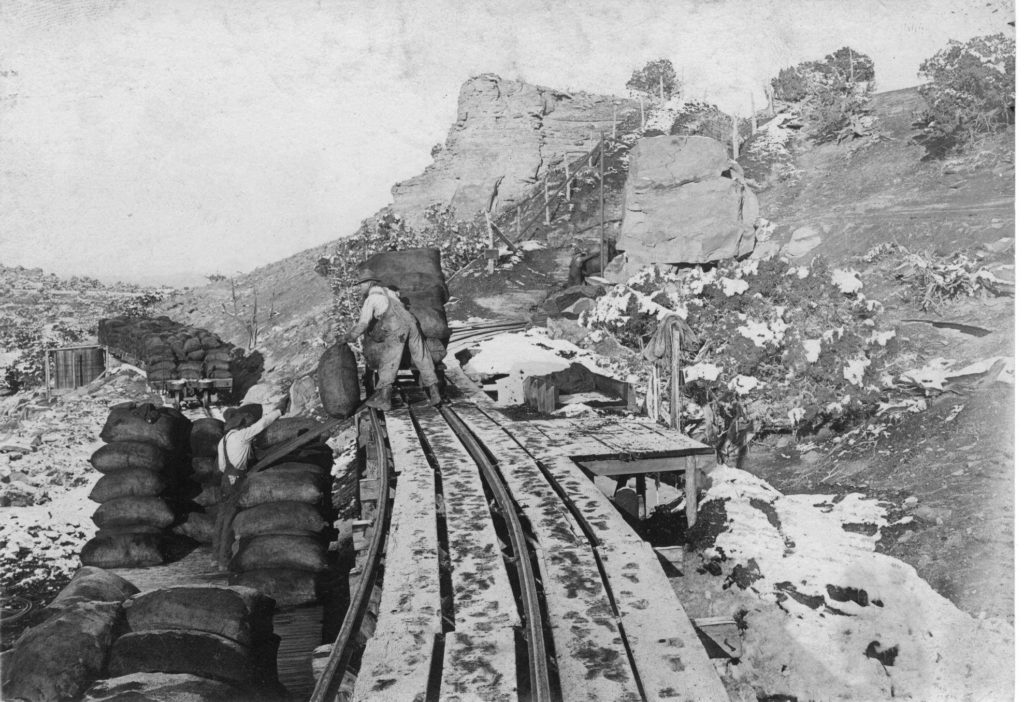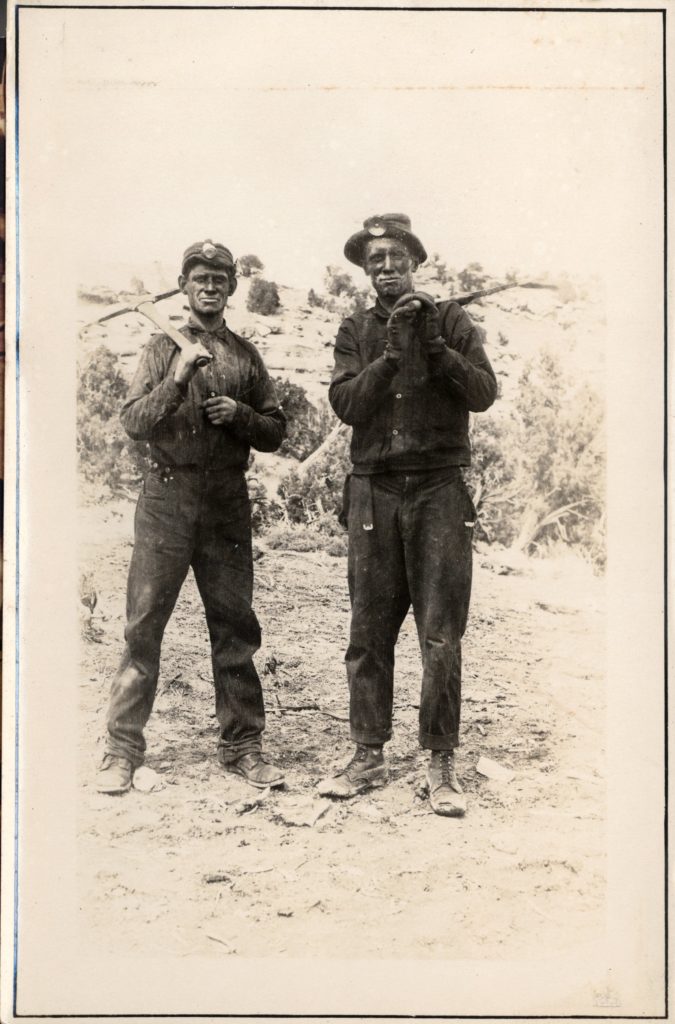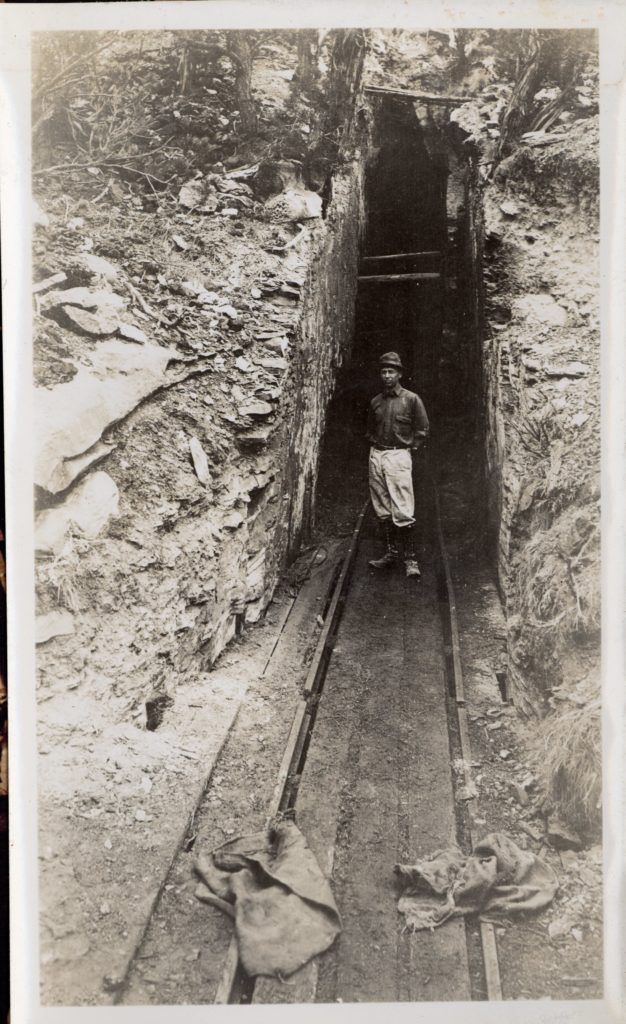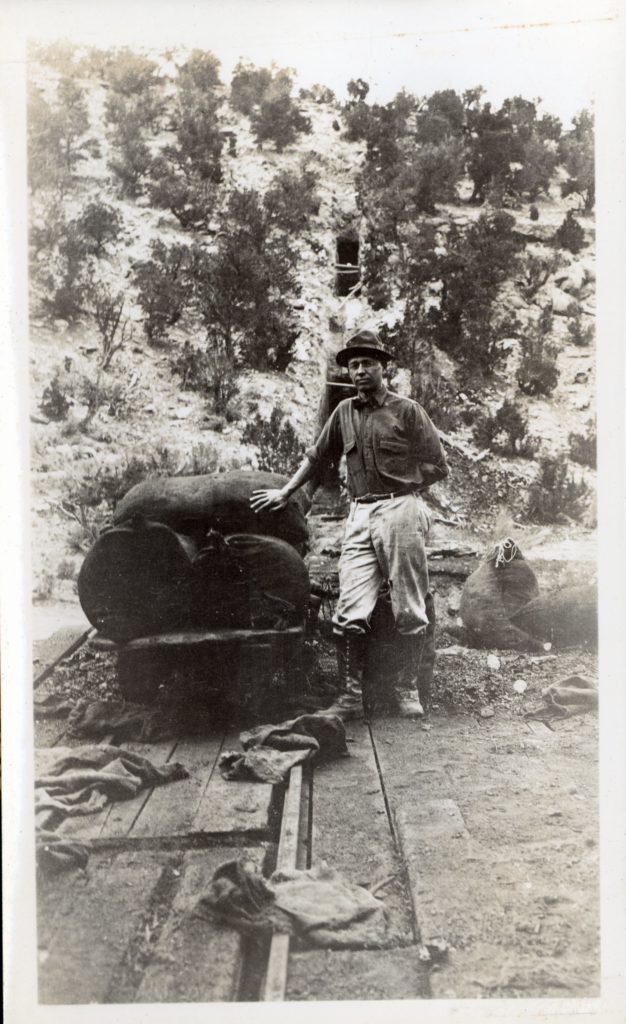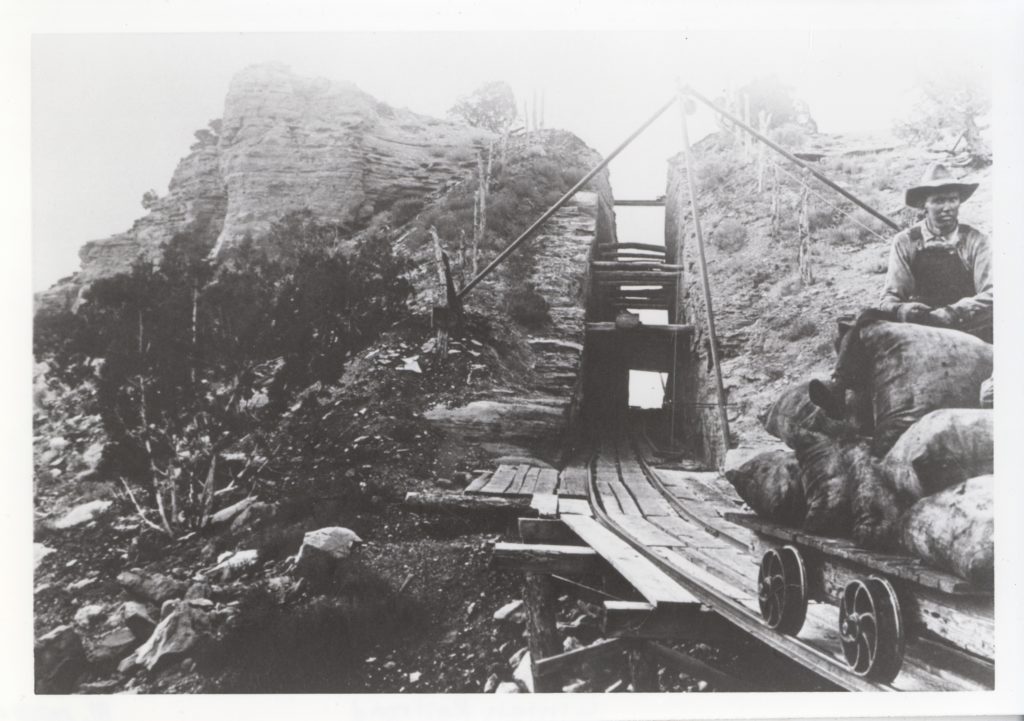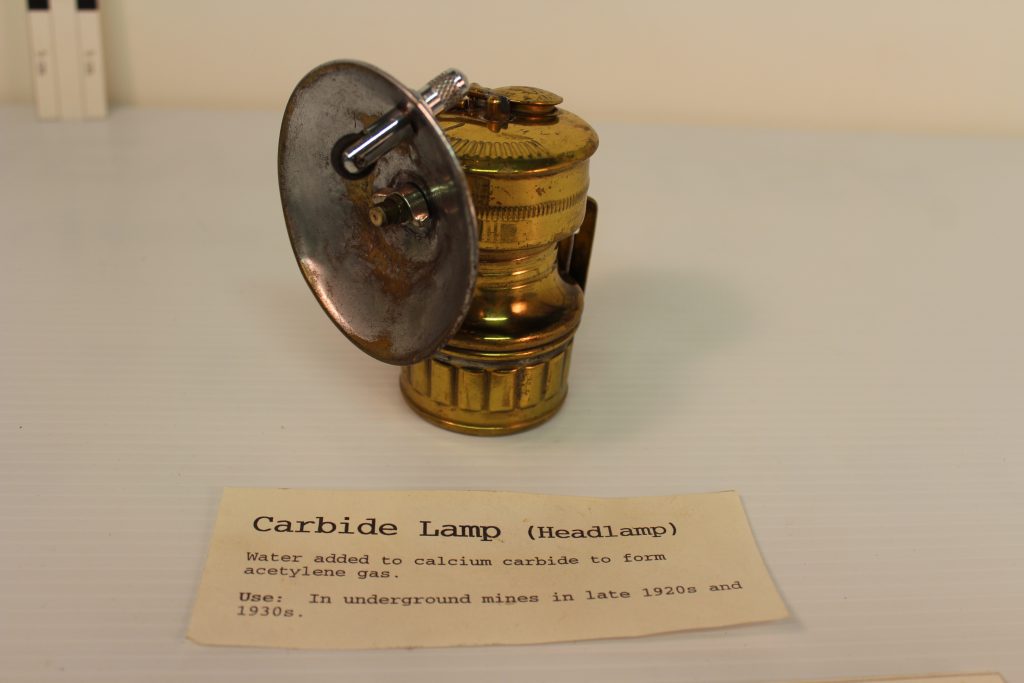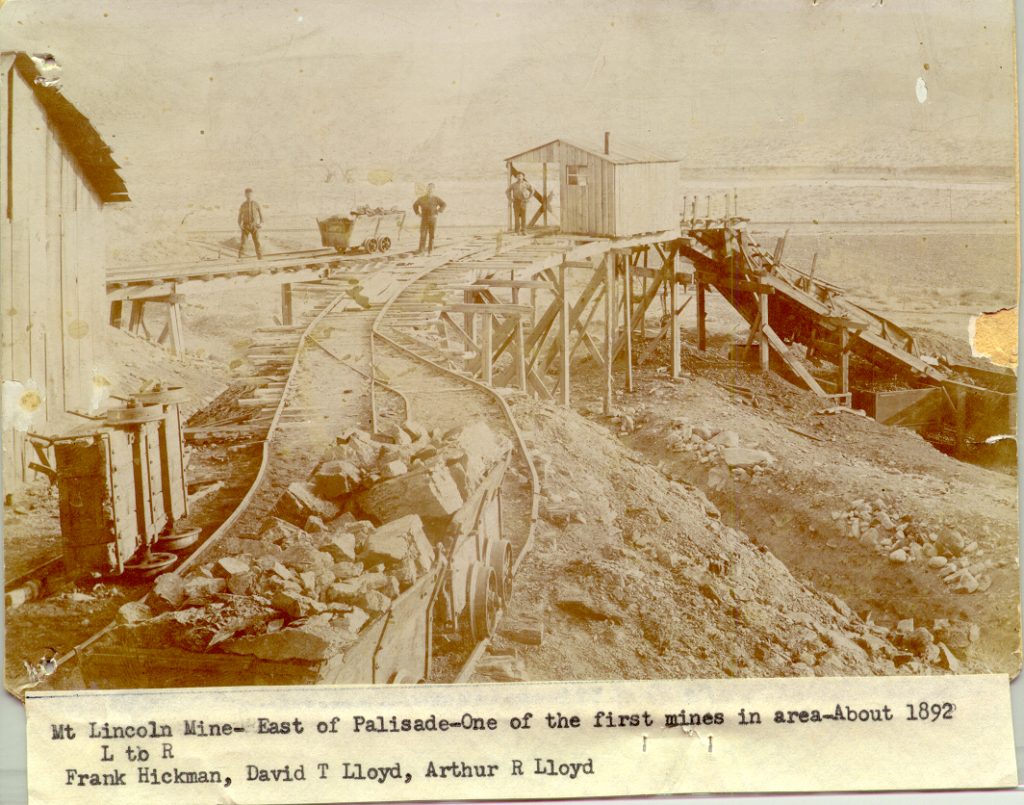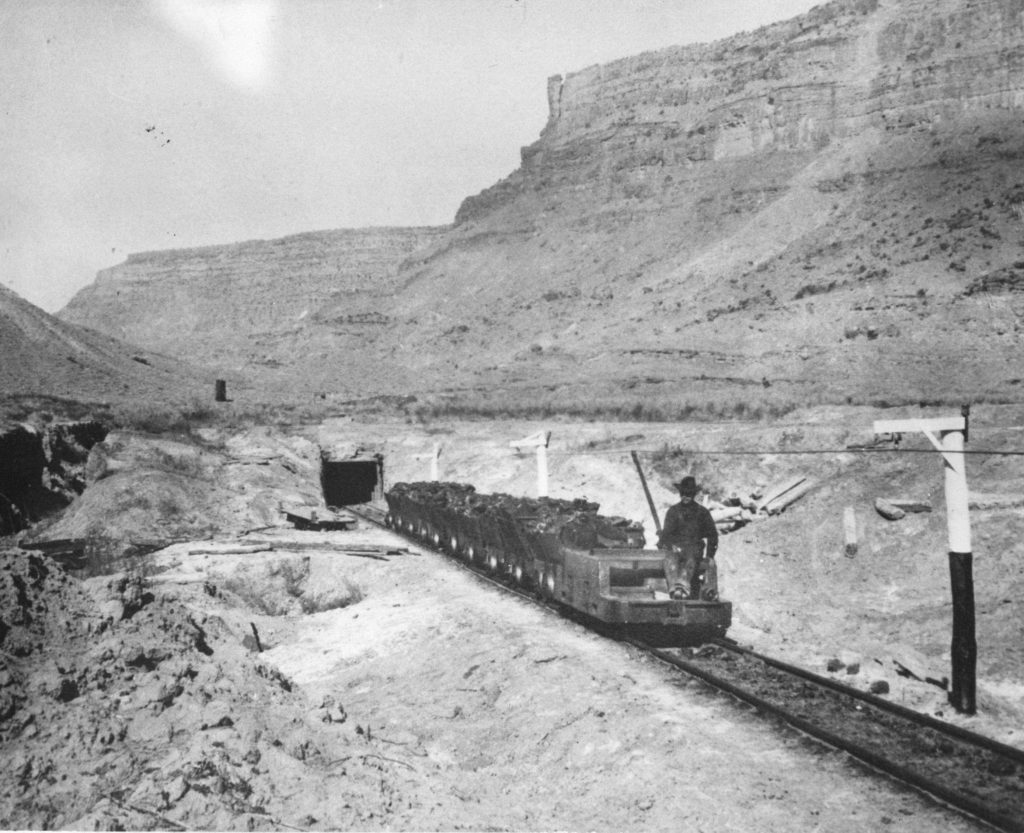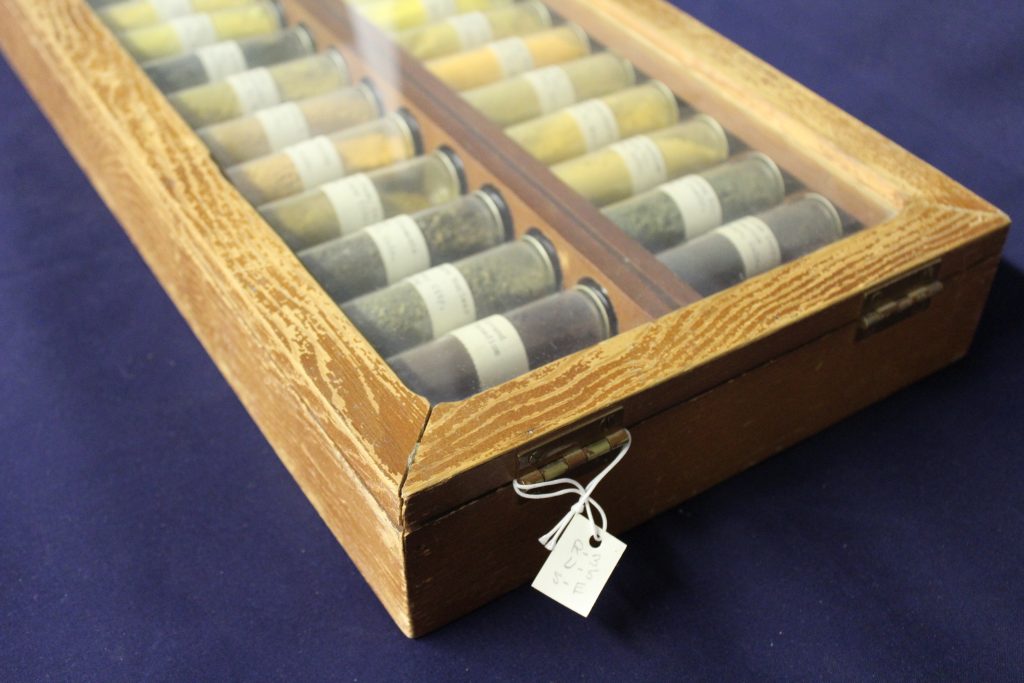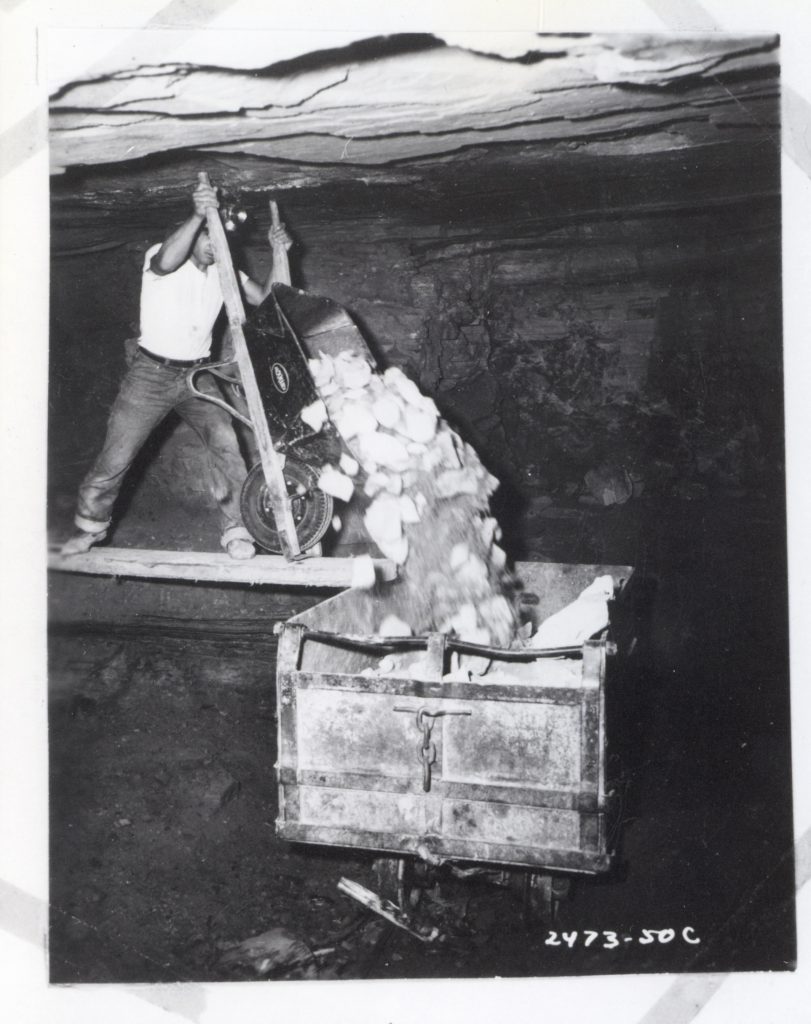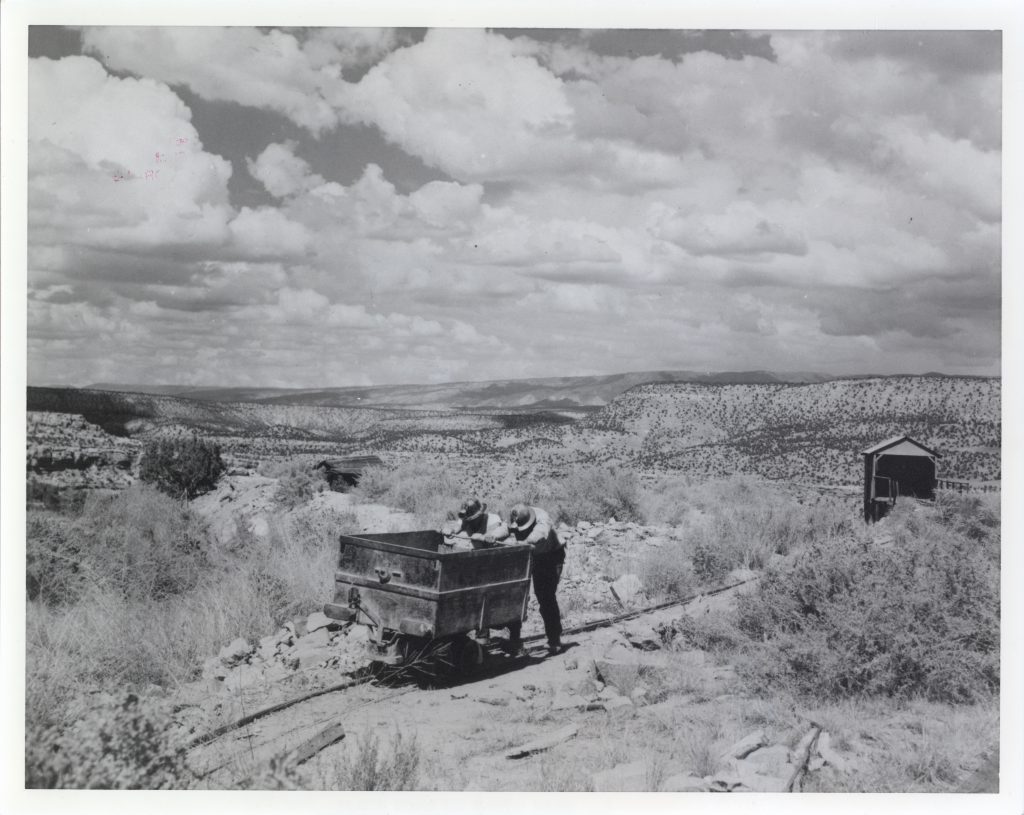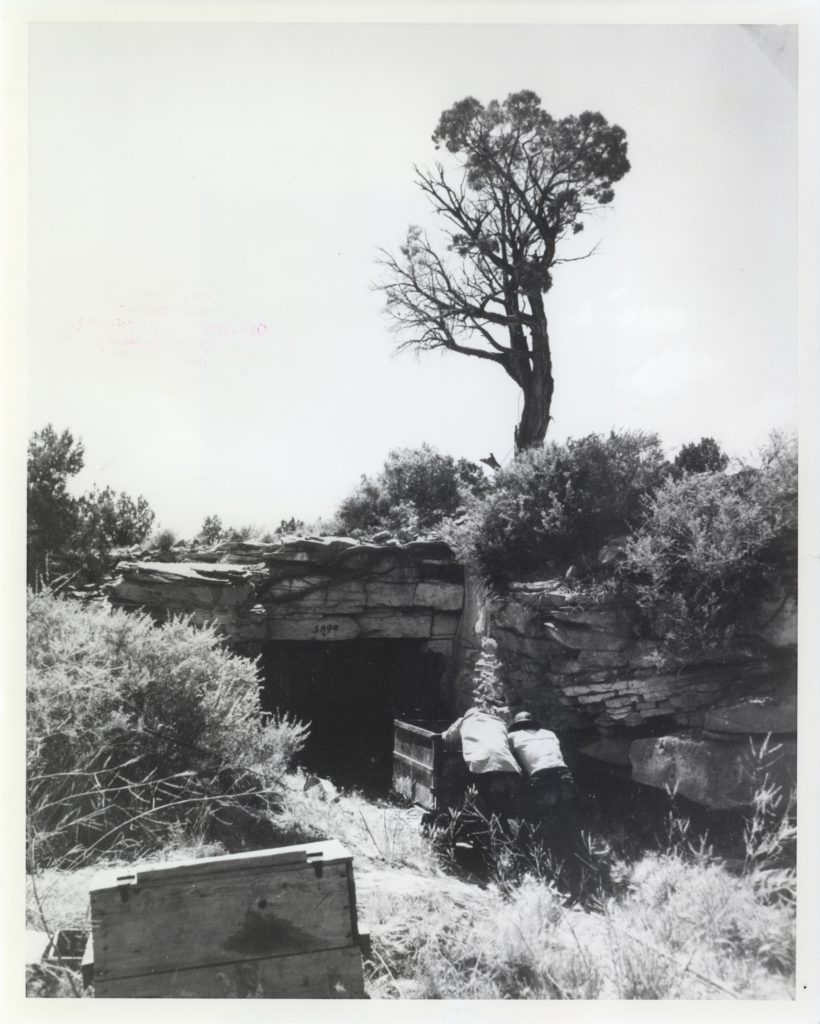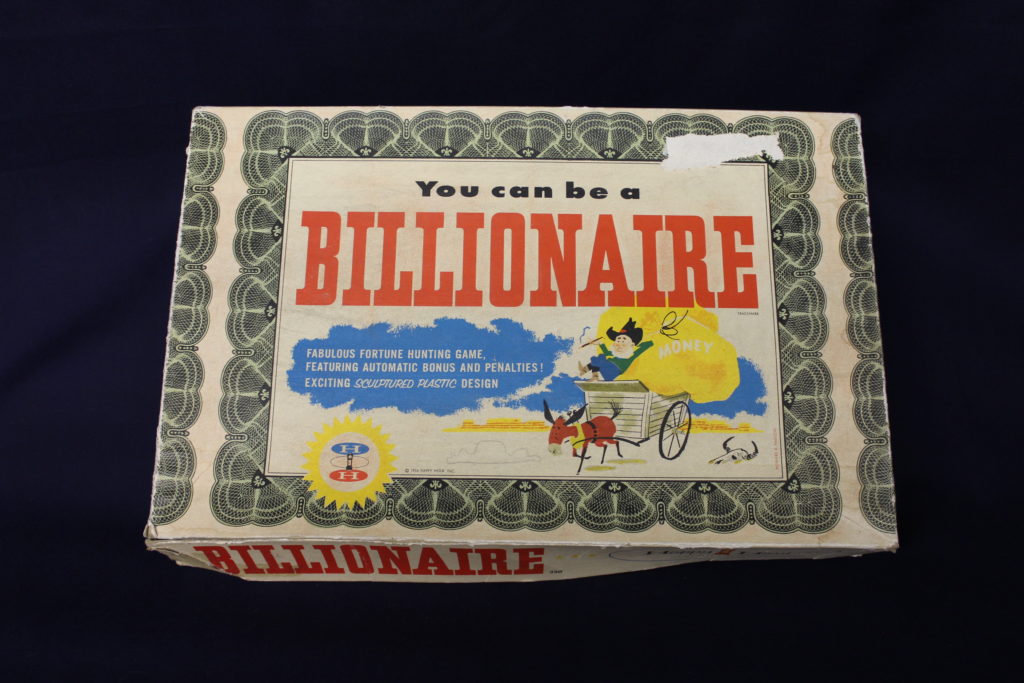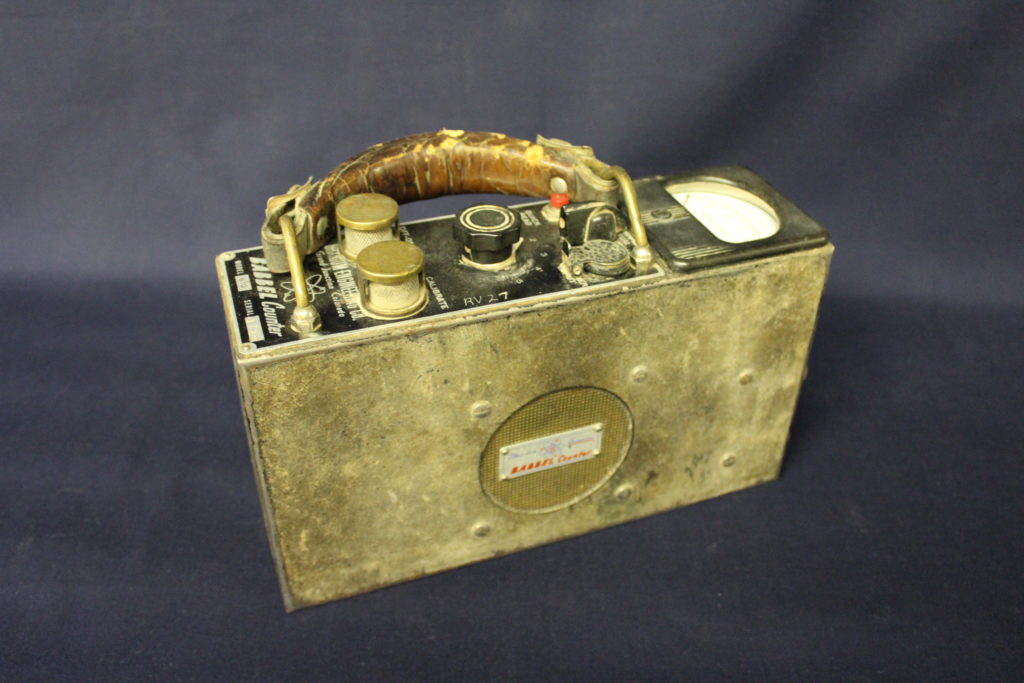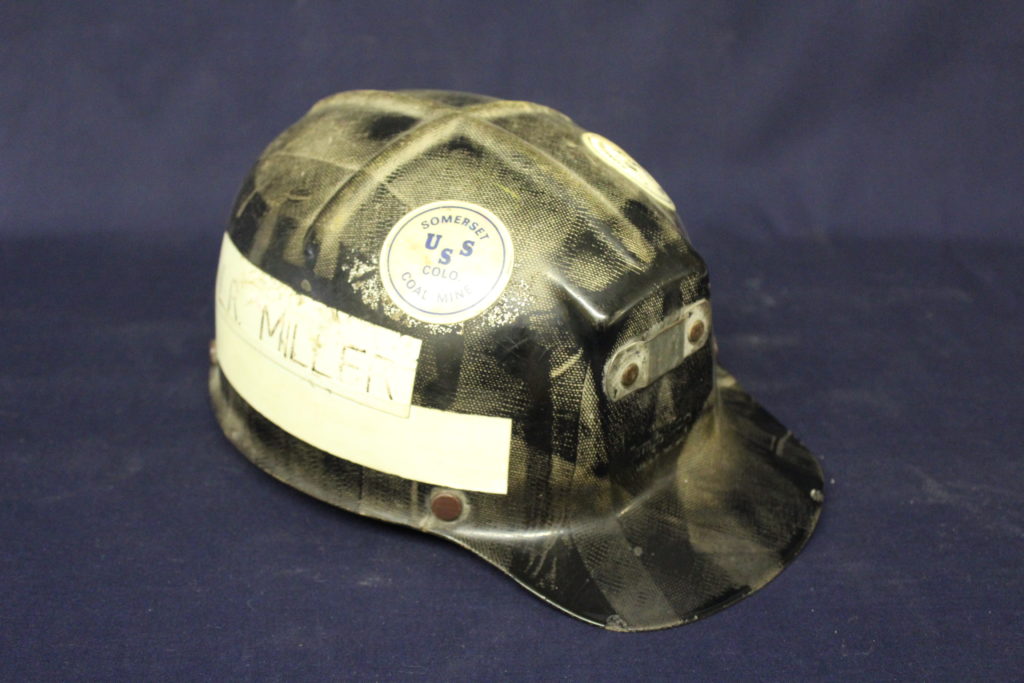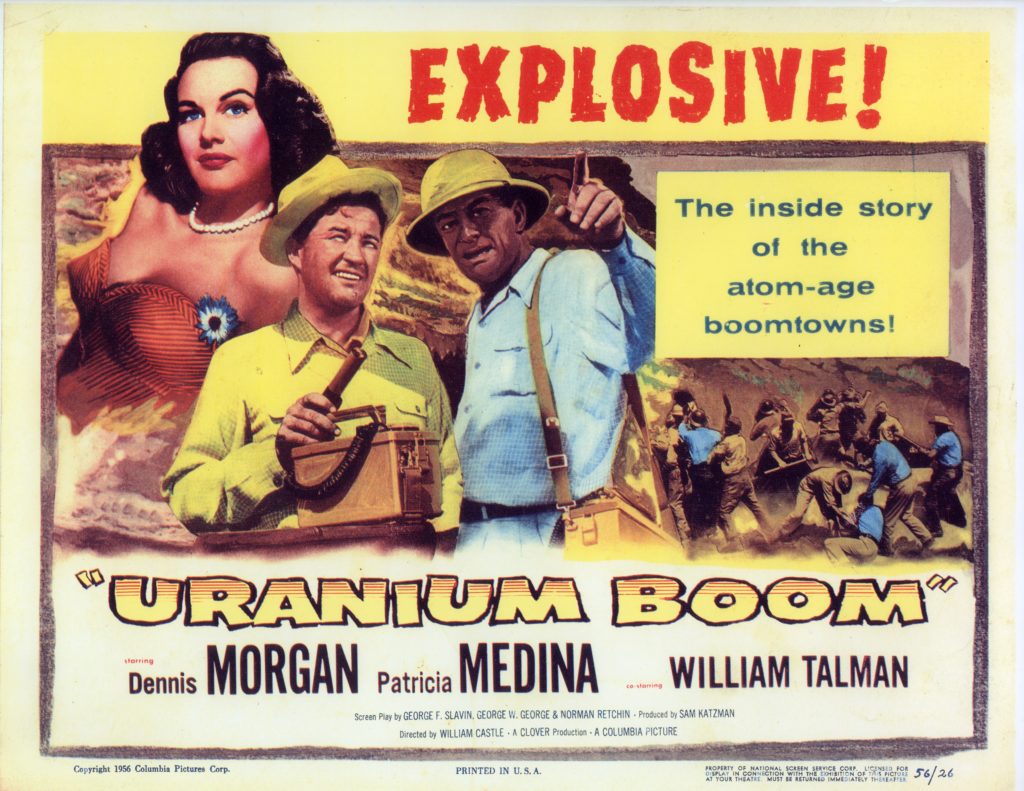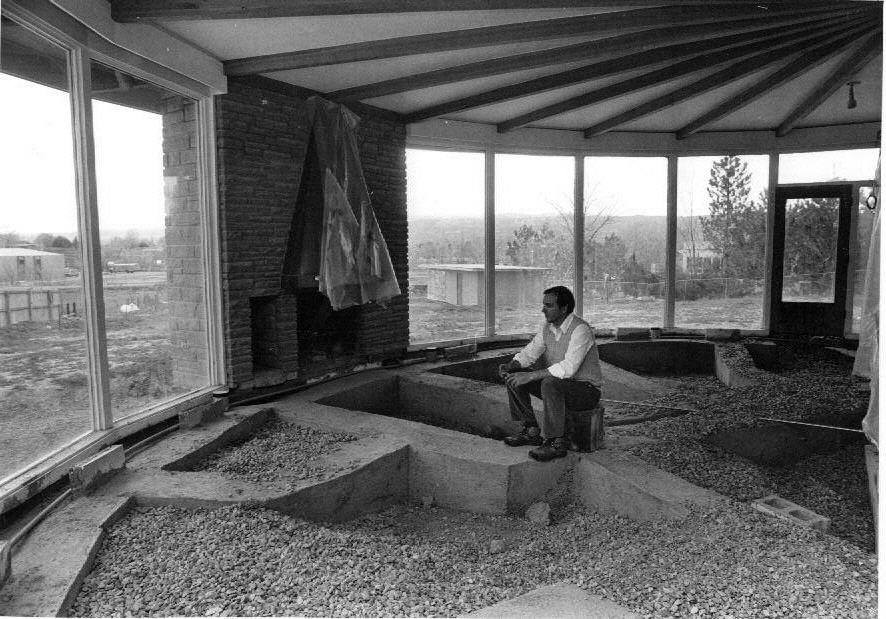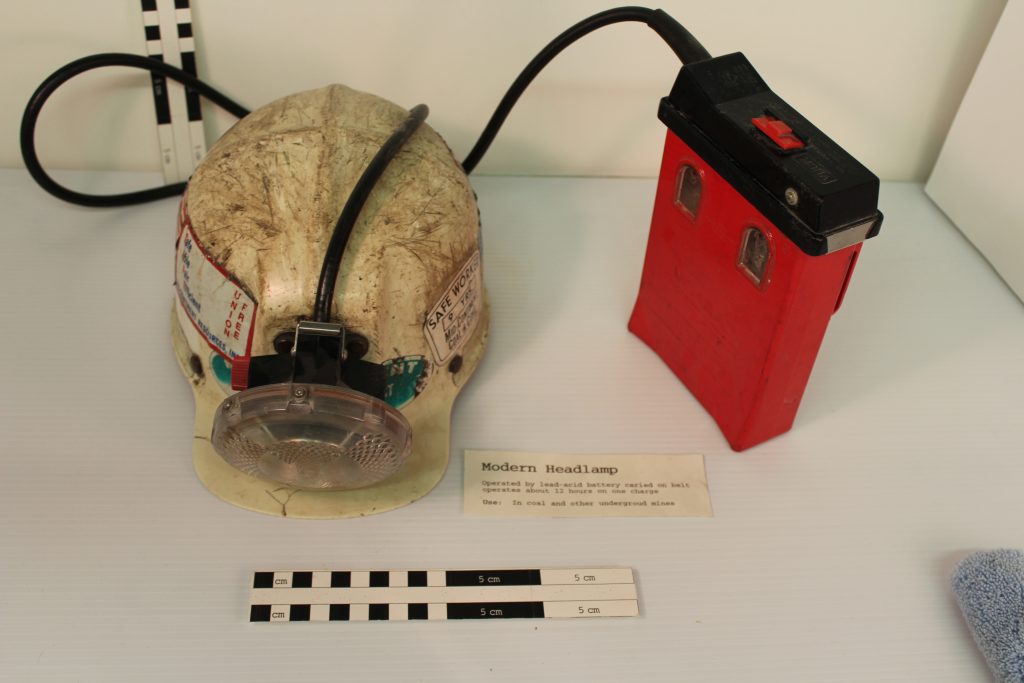Mining Boom and Bust
The Colorado Gold Rush in 1859 brought the first wave of emigrants into the region and these new settlers created many of Colorado’s early towns. The Pike’s Peak Gold Rush inspired the creation of the Colorado Territory and brought some of the first prospectors into the area.
As new minerals were discovered, and new uses for minerals invented, mining became an important part of western Colorado history.
- As soon as settlers started to come to Colorado in the 1850s, the growing towns needed coal for fuel, and coal mining increased into the 1920s with coal towns popping up wherever coal could be found.
- In the 1860s, gilsonite was discovered in the Uintah Basin in Utah and western Colorado. Gilsonite was mined by hand from vertical shoots that were cut into hillsides. Ore was shoveled into 200-pound sacks that were then transported on the Uintah Railroad to be shipped to buyers. Today, gilsonite is still mined from the Uintah Basin and is used to make roads.
- In 1898, ten tons of a yellow ore that tested high in uranium and vanadium was dug out of deposits at Rock Creek in Montrose County, Colorado. Between 1910 and 1922, the Uravan mineral belt supplied half the world’s radium and most of the vanadium.
- In the 1940s, a secret project tested the properties of the dangerous material. The Manhattan Project, using the uranium mined from western Colorado, built the first atomic bomb. The weapons were used against the Japanese in 1945 to end World War II.
- The Uranium boom made Grand Junction famous. Its nickname became “The City That Glows.” Many towns sprang up to take advantage of uranium boom, like the Calamity Camp outside of Gateway.
Click here to learn about the Calamity Camp.
- The government limited the deadly mineral and the boom ended in the 1960s.
Today, Colorado mining is in decline, though western Colorado still has some coal, gilsonite, and other mines. We are still mining copper in Big Dominguez and Unaweep Canyon, as well as gemstones and beryllium in Unaweep Canyon.
Click on the photos below to learn more.


